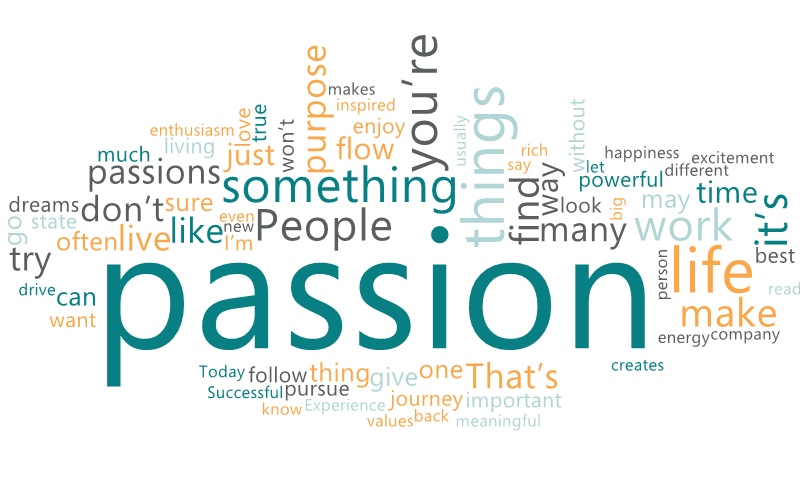The wheel of life
We should definitely discuss which areas of our wellness we are working to put into balance. We can do this using an incredibly powerful tool called the wheel of life. And I’m going to show you how it works.
For the sake of discussion, let’s assume that most of us live lives filled with the following eight elements. Social, romantic, financial, productive, spiritual, physical, intellectual, and leisure. All the things that matter most to us in life fit in to these eight categories, in one way or another.

What is the wheel of life and why it’s important
These are represented on a framework that is called the wheel of life. It’s a circle with eight sections to represent how satisfied or successful you feel you are with each of the different aspects.
Which interesting about the Wheel of Life isn’t just that it’s a visual representation, and reminder of what’s working and what’s not. Although that is definitely a major benefit.
But the actual power of the wheel of life is that it’s a wheel. You see, so many people cope with dissatisfaction in one aspect of their lives by overcompensating in another. This leads to the types of people who work 120 hours a week and achieve incredible financial success, but yet have no family life to speak of.
Or on the other side of the spectrum. There are the types of people who are so wrapped up in things like health, volunteering and friendships, that they neglect to take responsibility for their financial or professional lives, living in the constant stress of debt.
As you can probably guess, this is no way to create a meaningful life full of satisfaction. If, however, you instead focus on creating a well-rounded wheel, no matter what the size is, you’re much more likely to find happiness and satisfaction. After all, a wheel only moves you forward if it is in fact round.
In this sense, it’s actually much better to have a wheel of life full of fours, then one with a few 10s and a few twos. Plus, this level of balance creates a snowball effect. And that speeds up and improves every aspect of your life as you become more satisfied and begin to thrive.
How to use the wheel of life
I’m going to explain how you can use the wheel of life going forward in your day-to-day life as a powerful tool for improving the quality of your own life.
Basically, what I want you to do is colour the wheel of life out in each section, as much as you feel satisfied, right?
So if your social is a is a five coloured out to five, okay, if your romantic is a 10, coloured all the way out to ten, that’s great.
Pro tip for you guys. By the way, you can print out multiple copies of this worksheet. If you really want to be active about it, you can also laminate the worksheet. And then you can just use dry erase markers. Once you complete the graph, I want you to take that and it’s very deliberately on a separate piece of paper, because I want you to look at that piece of paper while you answer these questions.

I want you to nail down, you know, it might seem redundant to write out what you’re most satisfied with. But it’s important that you recognize this, and you put pen to paper or type it out and say, Hey, I’m not satisfied with my social life. I’m not satisfied with my spiritual life.
And then note to yourself, Does this come as a surprise to you? Why is that important? Well, at the end, I want you to look back, and I want you to have some kind of knowledge of how far you’ve come. I think that’s important.
Wheel of life follow-up questions
- Which areas of your life are you the most satisfied with or the strongest in? Why?
- Which areas of your life are you the least satisfied with or the weakest in? Why?
- Does any of this come as a surprise to you? Why or why not?
- What are some goals you could set for yourself to strengthen the weaker areas you’ve identified? Make sure that they follow the “S.M.A.R.T.” format.
- How could you accomplish these goals in such a way that they benefit 2 or more sections in your wheel of life? Which sections will you focus on grouping together to either grow weak sections or maintain powerful sections?
Last, I want you to iron out. Is it possible that some weaknesses are caused by overemphasis and then, of course, because this post is all about action and creating, I want you to brainstorm some actions, some shifting around that you could do to fix these imbalances.
Wheel of life hack
As mentioned before, one of the most important functions of the wheel of life is to balance all the different aspects that together form a complete and meaningful life. But how do we do this in practice?

There’s a neat hack you can apply to this wheel of life, which is to do only activities and endeavours that benefit over one slice of the pie at a time. For example, instead of studying a foreign language in a textbook, you could take a class with a friend, benefiting your social relationships, while improving yourself. In fact, there are so many activities out there that are improved by being done with other areas of the wheel of life.
By focusing on improving the areas of our wheel of life that need the most work, we avoid the trap of focusing on what’s easy or convenient. But by doubling up the areas of our life that we improve, with selected activities, and uses of our time, we maximise the amount of satisfaction and impact of everything we do. Here are some ideas about how to improve aspects of your life. Take special note of the ones that improve by over one contribution, and between brackets, I’ll mentioned which sections on the wheel of life it belongs to.
- Join a book club to meet new people [intellectual and social].
- Invest in older relationships and try out new recipes by hosting a dinner party [leisure and social].
- How about switching the boring first date out for an exciting rock climbing adventure [romantic, physical and leisure].
- Take a dance class with your romantic partner [romantic and physical].
- Stretch your mind by mentoring young people at your place of worship [intellectual and its spiritual].
- Challenge your kids to work plays and puzzles like Sudoku or multi level Scrabble, [social, leisure and intellectual].
- Take a class on investing [financial and intellectual].
- Find a project that excites you in the workplace and make that project your own [productive].
- Discuss your career goals with a close friend or family member [social and productive].
- Meditate or try yoga, especially with your romantic partner [romantic, spiritual, physical and intellectual].
One thing that I like to think about when I’m planning how to spend my time is the idea of quality and high-quality activities.
If you can stack more and more aspects of your life into each activity, you’ll find that you experience more satisfaction, both with the activities themselves and with your wheel of life.
Personal examples
Some of my best memories and most pleasurable experiences are camping trips with friends, as opposed to sitting in a bar with those same friends. learning a new language while travelling, and even creating courses that both support me and give back to the world.
So before you decide how to spend your minutes, hours and days, remember to check in with your wheel of life. What areas are you leaning on just a little bit too much? What areas are you neglecting? And how can you choose to spend your time in ways that improve these imbalances? You might end up sacrificing a 10 in one area, but I promise you you’ll be much happier in the end.











3 Comments
[…] See also Introducing the Wheel of Life […]
[…] yourself: What things do you need to learn to round out your wheel of life? What subjects bring you joy and excite your curiosity? How can you incorporate learning into your […]
[…] The wheel of life is a powerful tool that can significantly impact daily activities, especially for patients undergoing chemotherapy. By helping individuals assess and balance different areas of their lives, the wheel of life can aid in managing side effects and promoting overall well-being during cancer treatment. […]